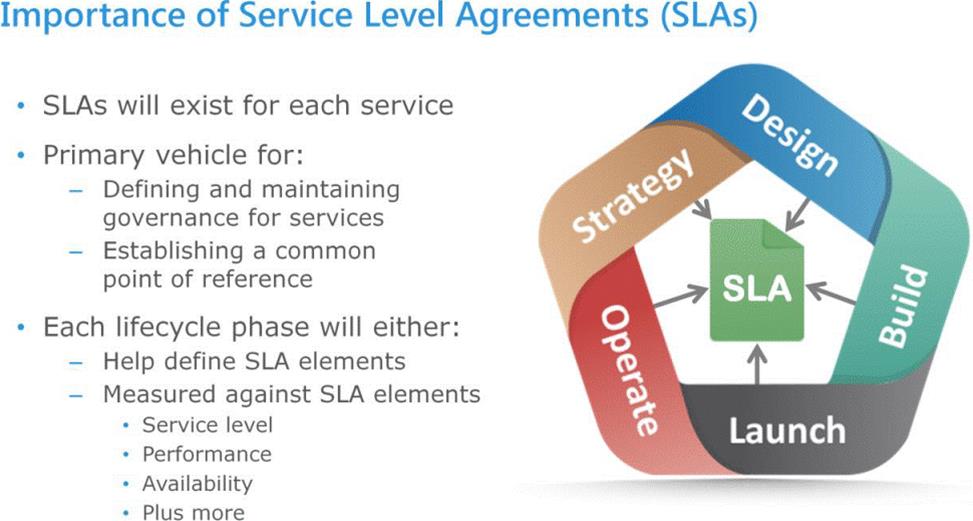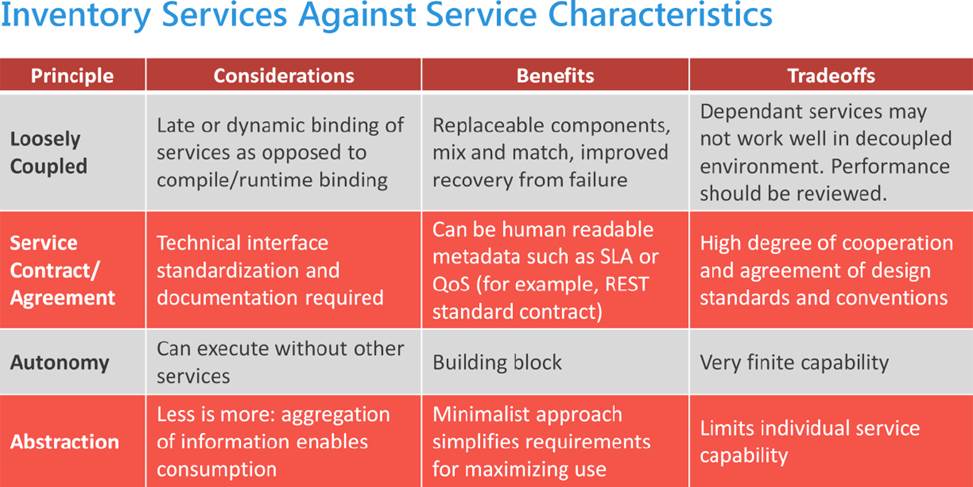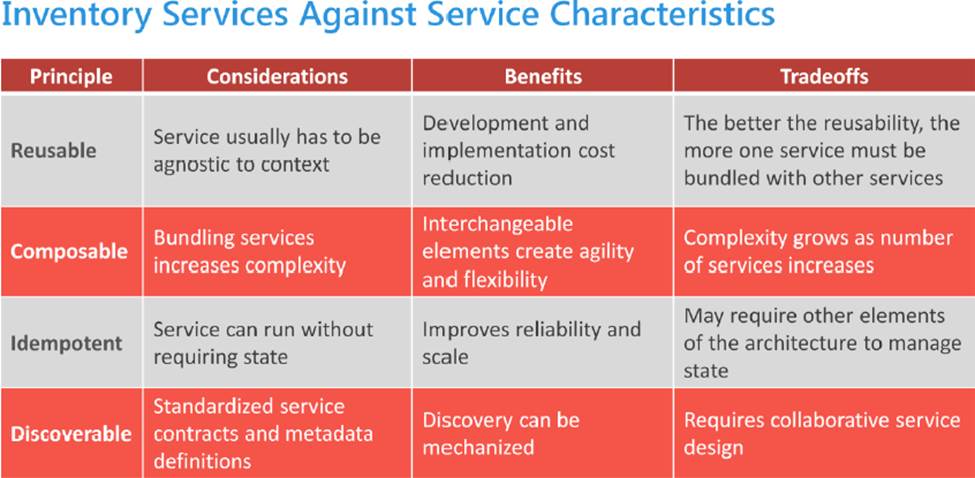DELL EMC E20-920 Cloud Services Expert Exam for Cloud Architects Online Training
DELL EMC E20-920 Online Training
The questions for E20-920 were last updated at Dec 17,2025.
- Exam Code: E20-920
- Exam Name: Cloud Services Expert Exam for Cloud Architects
- Certification Provider: DELL EMC
- Latest update: Dec 17,2025
You are architecting a new cloud application for your company. You have been tasked to determine the impact of the company’s required governance directives across the full lifecycle.
What governance element should your apply during the build of the service
- A . Using approved development methods and policies
- B . Following all requirements for putting together a service proposal
- C . Determining how customer satisfaction will be measured
- D . Utilizing existing IT capabilities if policies allow
The CFO is discussing with you a chargeback model for critical qualities of service.
The model must allow for:
• Control of service usage over a short period of time (hours)
• Granular control of system load such as latency of applications
Which chargeback model should you recommend?
- A . Subscription by Peak Usage
- B . Electronic Ticket
- C . Pay-as-you-use no
- D . Bid/Spot Instance
In a hypothetical future scenario, a small toy company wants to create a few small gifts for employees who have performed well throughout the year. The gifts will be different every year and will change color depending on the stock price and social media sentiment of the company. The company wants to manufacture these gifts in-house.
What emerging 3rd Platform technologies enable the desired capabilities?
- A . Big data analytics, Internet of Things, and sensor networks
- B . Sensor networks, big data analytics, and augmented humans
- C . Internet of Things, sensor networks, and maker machines
- D . Internet of Things, maker machines, and big data analytics
An organization wants to provide IaaS capabilities in a private cloud.
They have the following requirements:
• Each line of business must have access to its own services and templates
• Service templates should be as generic as possible
• Data encryption should be provided for only services that require it
• Each instance should use Microsoft Active Directory for authentication
• Each instance should have the latest OS patches applied
How can these requirements be addressed in a cloud design?
- A . Add one template to the service catalog
Provide orchestration workflows to create a tenant and then instantiate and customize instances
Provide orchestration workflows to enable data encryption and authentication
Enable a configuration manager policy for OS updates - B . Add one template to the service catalog
Provide orchestration workflows to instantiate and customize instances
Provide orchestration workflows to enable data encryption and authentication
Enable a configuration manager policy for OS updates and tenant configuration - C . Configure multiple tenants in the service catalog
Add a template to the service catalog for each tenant
Provide orchestration workflows to instantiate and customize instances
Provide orchestration workflows to enable data encryption and authentication
Enable a configuration manager policy for OS updates - D . Configure multiple tenants in the service catalog
Add a single template to the service catalog
Provide orchestration workflows to instantiate and customize instances and then assign it to a tenant
Provide orchestration workflows to enable data encryption and authentication
Enable a configuration manager policy for OS updates
An IT organization adopted the ITaaS model to offer services to their business units. They want to assess their readiness for creating and operating cloud services.
What would be an appropriate assessment for them to perform related to governance?
- A . Assess the readiness of the current service catalog
- B . Determine the cost information needed for charging any service
- C . Assess the skills of the IT staff to determine training needs
- D . Assess the compliance needs and requirements for any service
A company wishes to transform to using cloud services. They have a good understanding of Service Oriented Architecture (SOA), but have not established the needed education, teamwork, and discipline to take them through the full ITaaS implementation.
As their cloud architect consultant, you need to take them to the next level in the service orientation maturity model.
What is the next level?
- A . Service Aligned
- B . Service Capable
- C . Service Aware
- D . Self-Service
You are responsible for building Service Level Agreements (SLAs) for your company. When building them for the service lifecycle of a cloud application, what should you consider?
- A . SLA updates may be needed due to the availability of new markets
- B . New SLAs should be created with the release of scheduled enhancements
- C . SLAs should incorporate all necessary requirements when they are created
- D . SLAs are contractual and cannot be changed without customer consent
A line of business has been using a public cloud provider and is now seeking services from the internal IT department. The line of business (LOB) has concerns about service performance and availability. They also want to have a clear and logical description of services, capabilities, and key performance indicators.
The organization would like to better understand support responsibilities and warranties.
What should the LOB obtain from the IT department to satisfy concerns?
- A . SLO
- B . Service offering
- C . Service template
- D . SLA
The principles of Autonomy, Abstraction, Discoverability, Composability, and Reusability are all principles of what?
- A . Application profiling
- B . Service inventory
- C . Delivery models
- D . Service characteristics
An IT department is using a number of tools to automate the expansion and contraction of the cloud resource pools.
Which cloud feature are they implementing?
- A . Elasticity
- B . Monitoring
- C . Trust zones
- D . Chargeback
Latest E20-920 Dumps Valid Version with 159 Q&As
Latest And Valid Q&A | Instant Download | Once Fail, Full Refund




